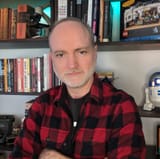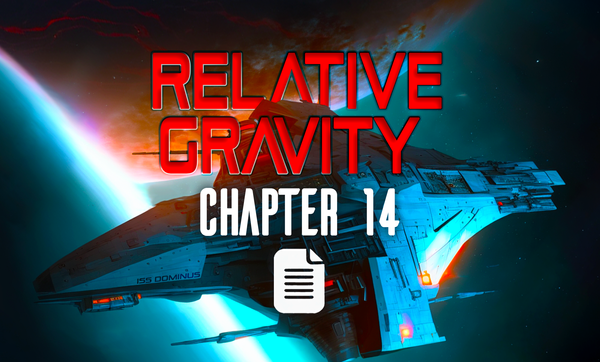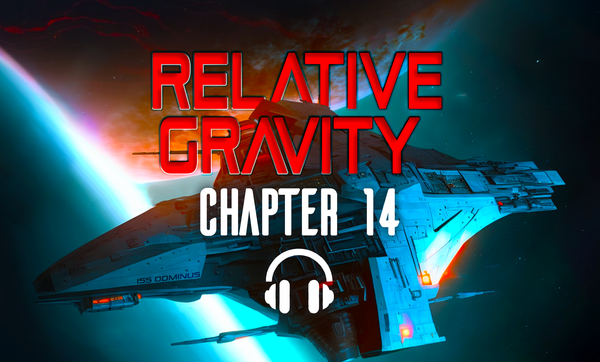How I make my book covers.
And why I make them that way.

When I first started planning for the Timespace Empire series, I knew book covers and marketing images would be an issue. Covers need to be eye-catching and designed to instantly convey genre and tone while at the same time reflecting my brand. They need to sell a vibe and, in the best cases, tell a story in a single image.
The problem is, after editing, covers are the second biggest expense I have when I release a new book, and operating on a shoe-string budget, I knew I couldn’t hire out for custom covers that would likely cost five hundred to a thousand dollars each. I’ve been frustrated by cover artists in the past, a couple of which completely ghosted on me.
I'm also, apparently, a masochist who needs to do everything themself.
Which was why I decided my only option was to make my own covers.
There’s no stock photo site that supplies the kind of imagery I need. I know, because I've looked everywhere.
I've been doing most of my own marketing design work since the beginning. I've made numerous websites and hired out for imagery a few times, but except for Boundless, and the very first Lost Time covers, I've done the typography and sizing myself.
When I recovered the Lost Time series, I hired an artist to do the background images and did the rest. And while the art wasn't exactly what I wanted, it worked well enough, so I kept them for years.

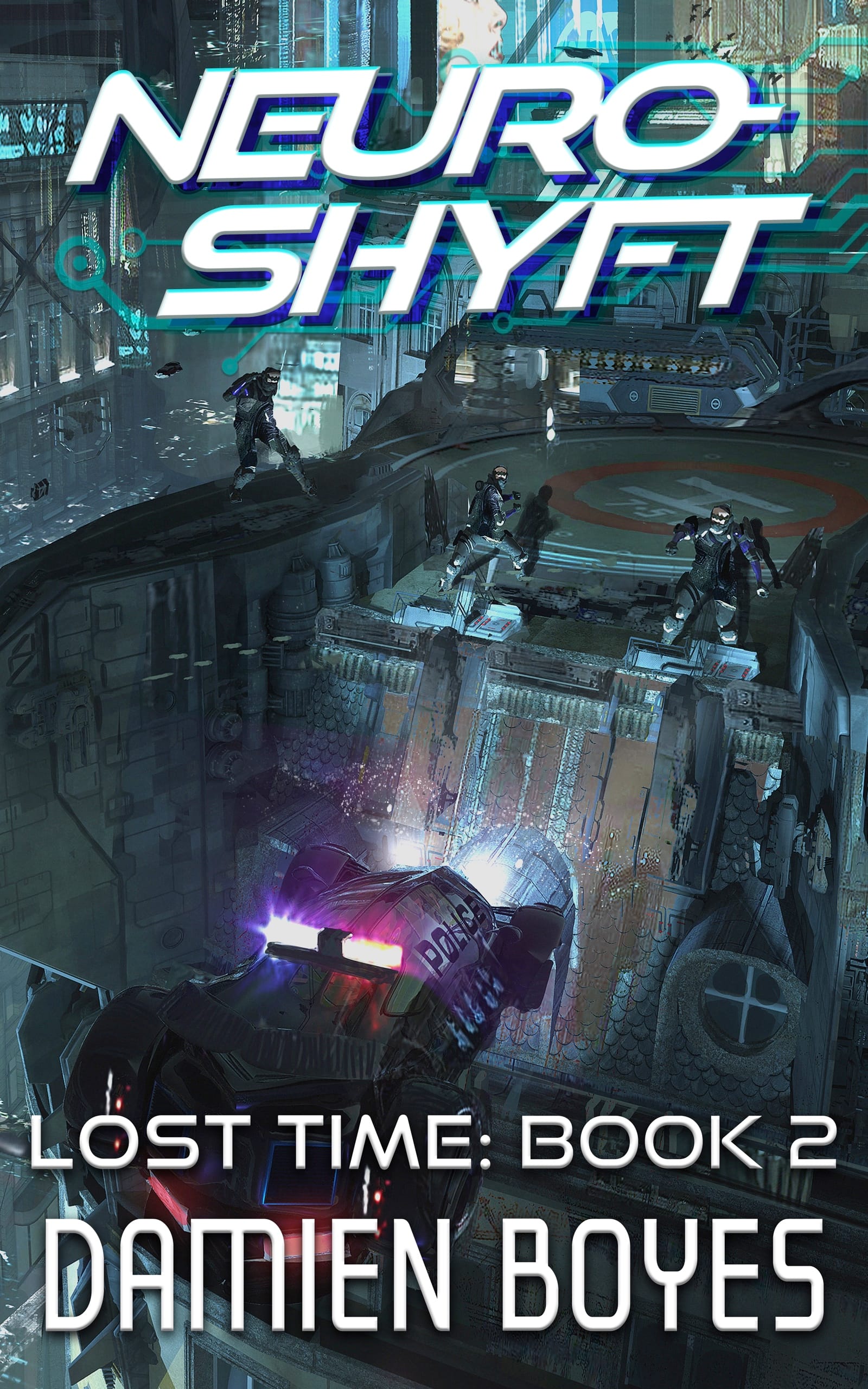
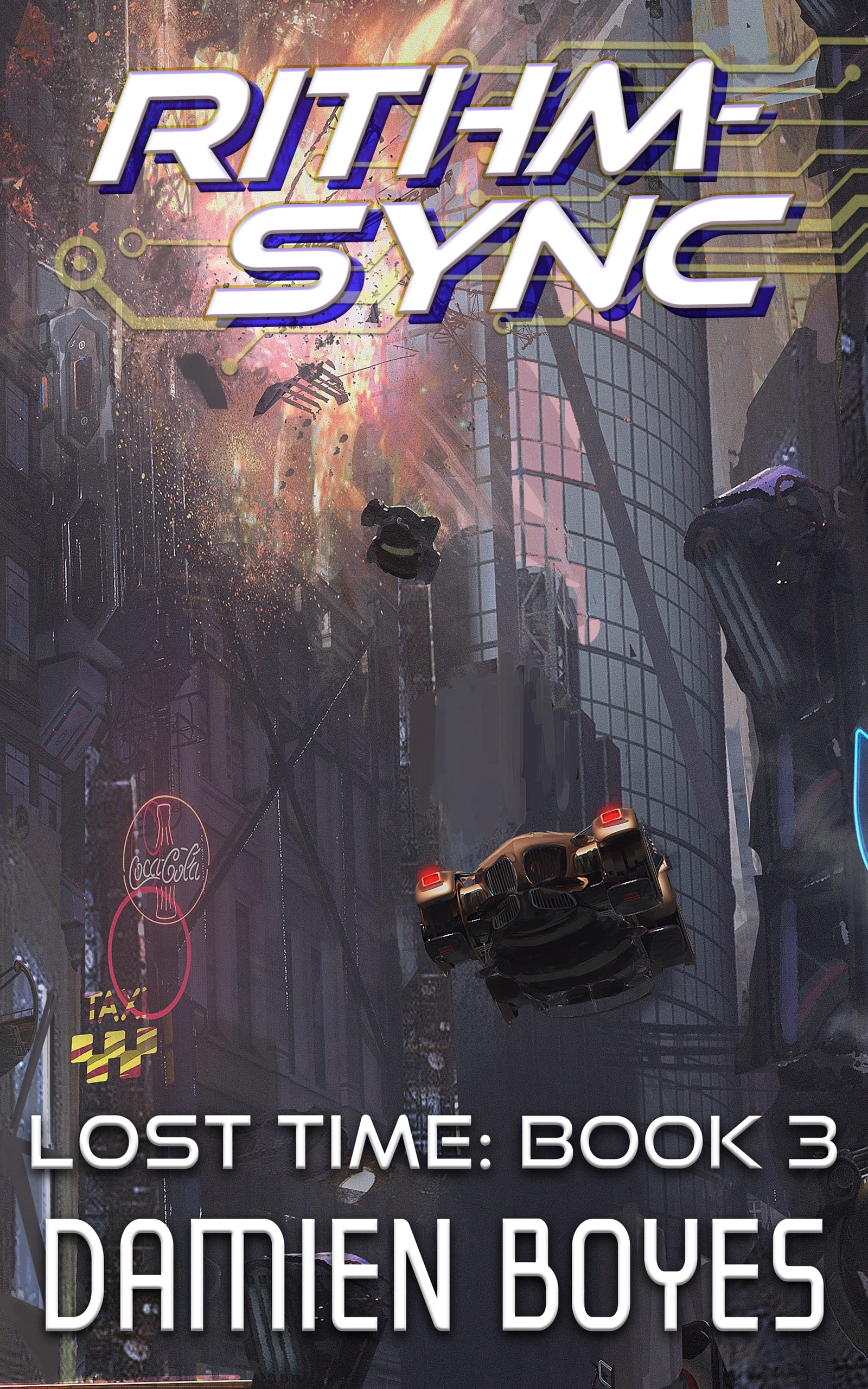
I hired out for Boundless, and after that investment didn't pay out, knew I couldn't repeat it.
When I released Klaxon Overdrive Supernova and then for the planned sequel, Binary State, I licensed background art from a design site, and added the typography myself.
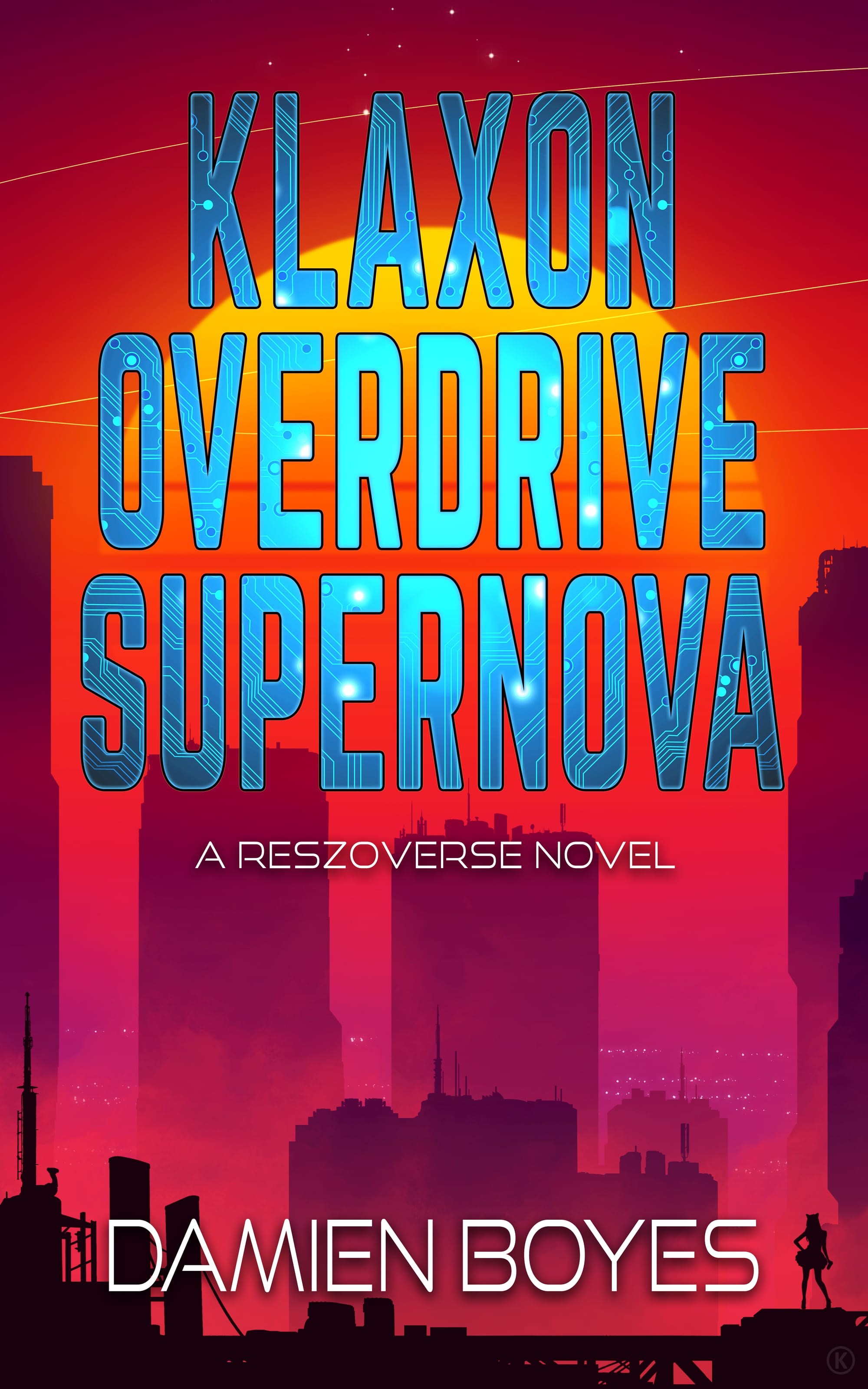

I liked the outcome, but I knew this wouldn’t be sustainable for the number of books I’d potentially need for Timespace Empire.
Which is why I decided to learn how to use Blender. I figured I could create my own 3D models, then composite them into covers with Photoshop.
So instead of writing, I spent 6 months painstakingly modelling spaceships and using them to create proof of concept covers.
Turns out, 3D modelling is hard.
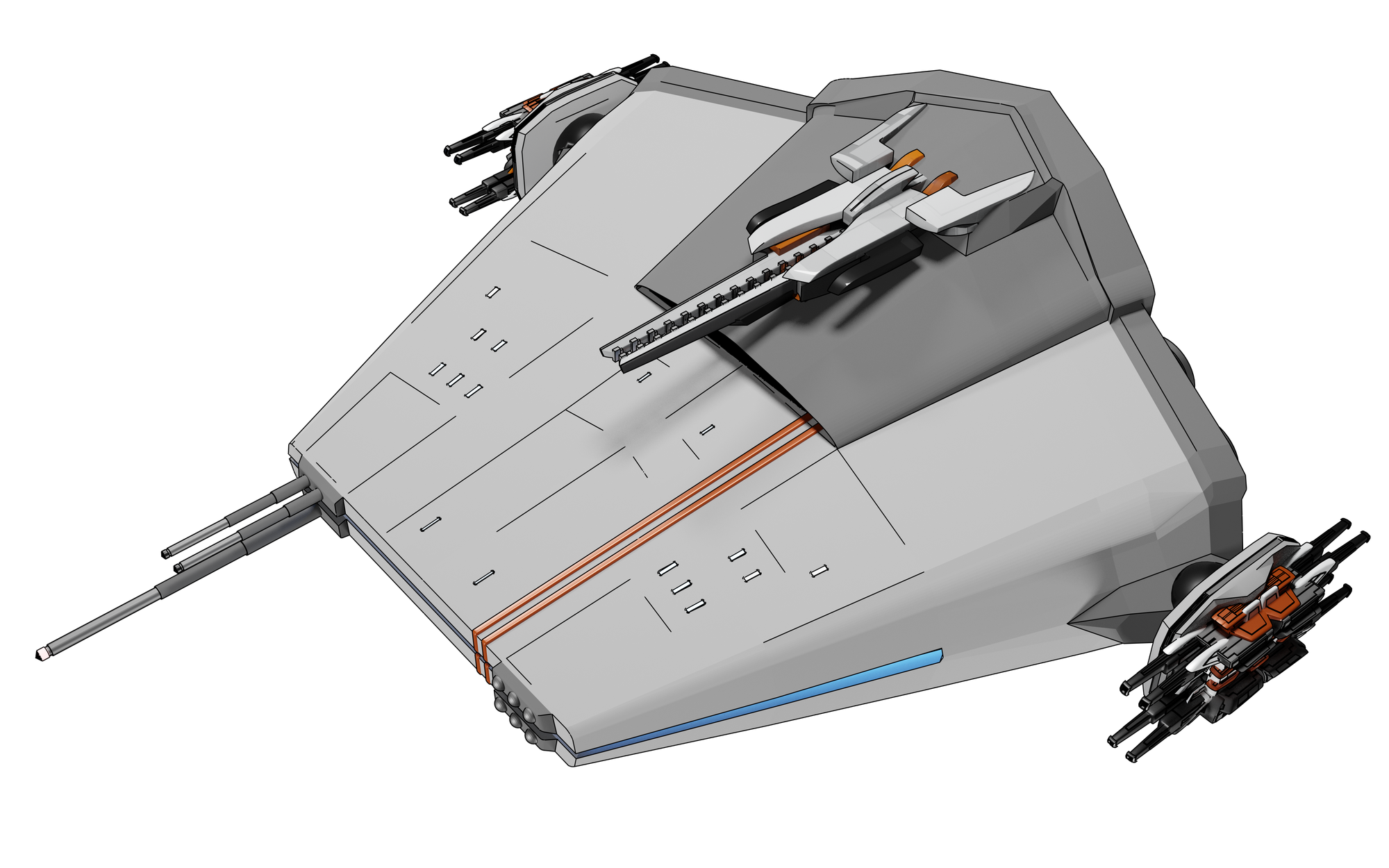
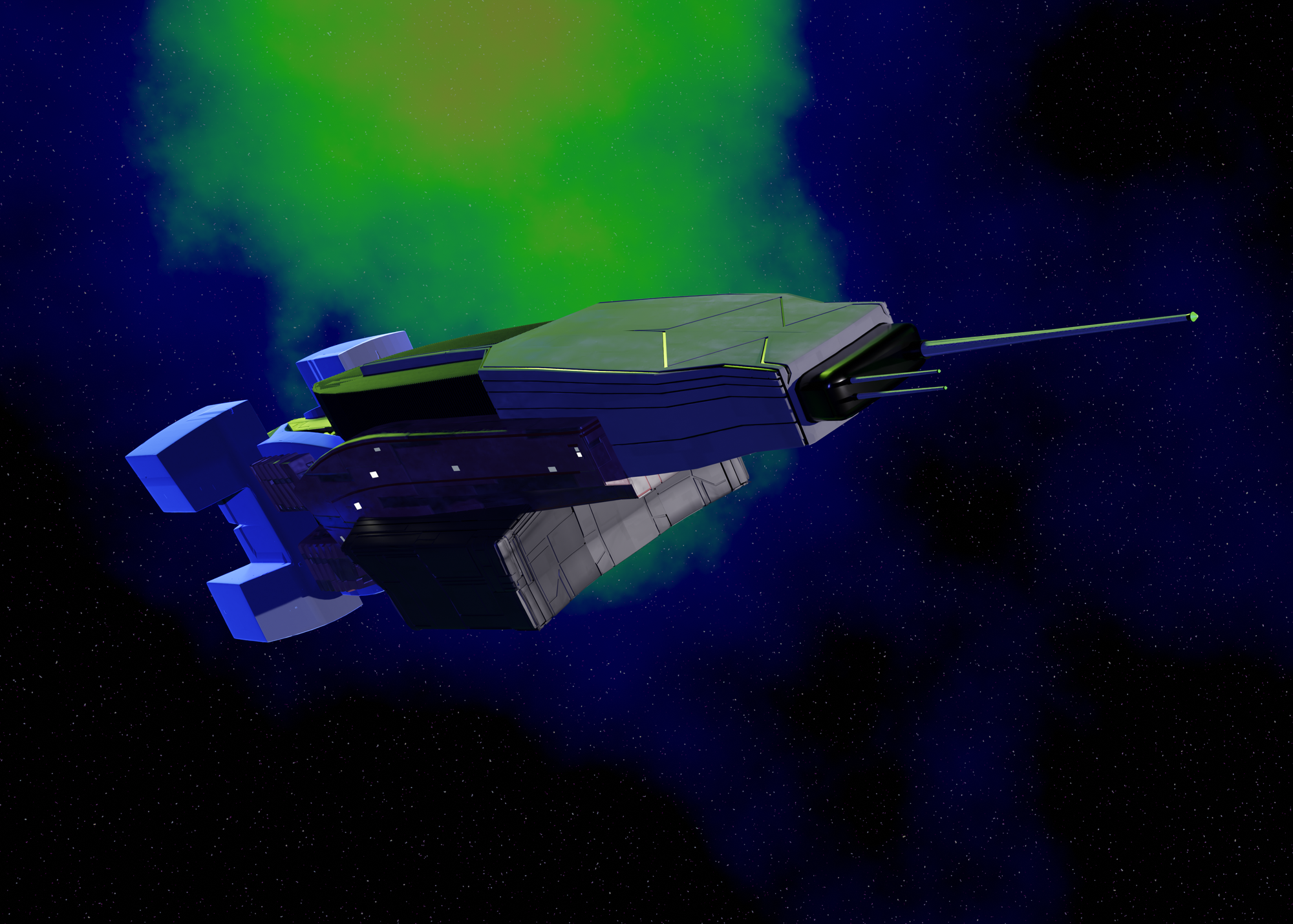
I managed to make these rudimentary versions of the Dominus and the Velocity Junkie using kit-bashed components from other models and what I could put together myself.
I then tried to incorporate them into covers.
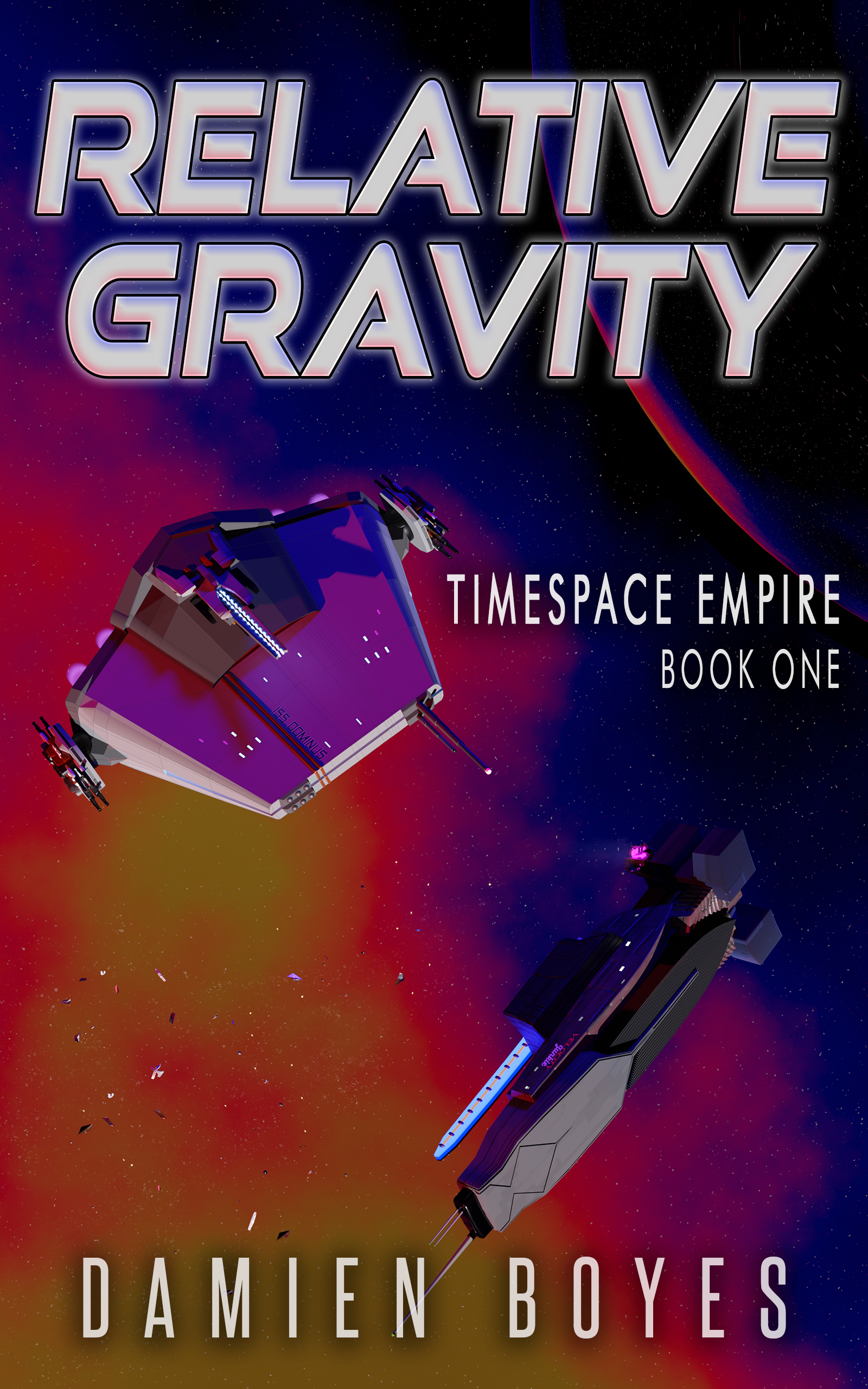
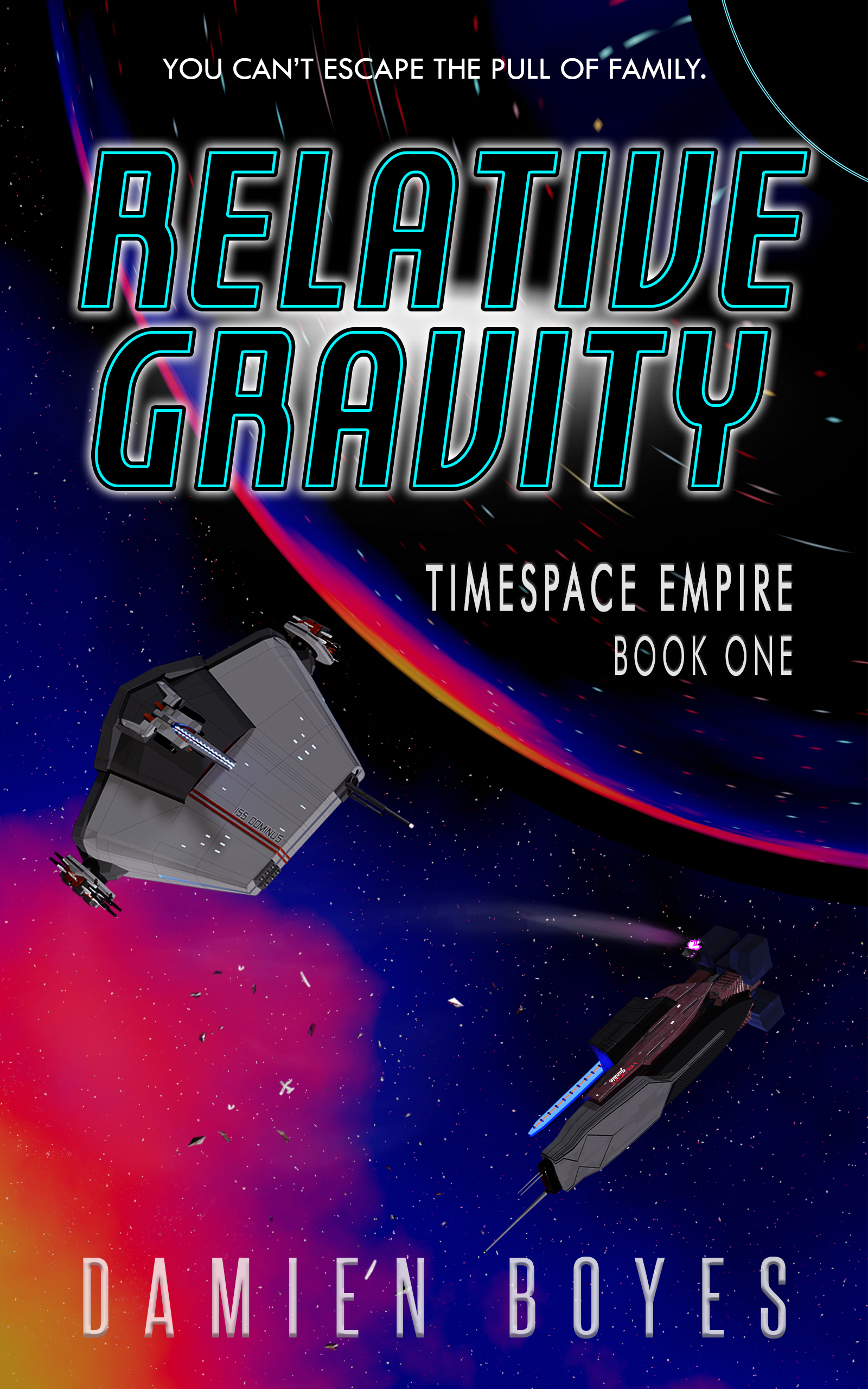
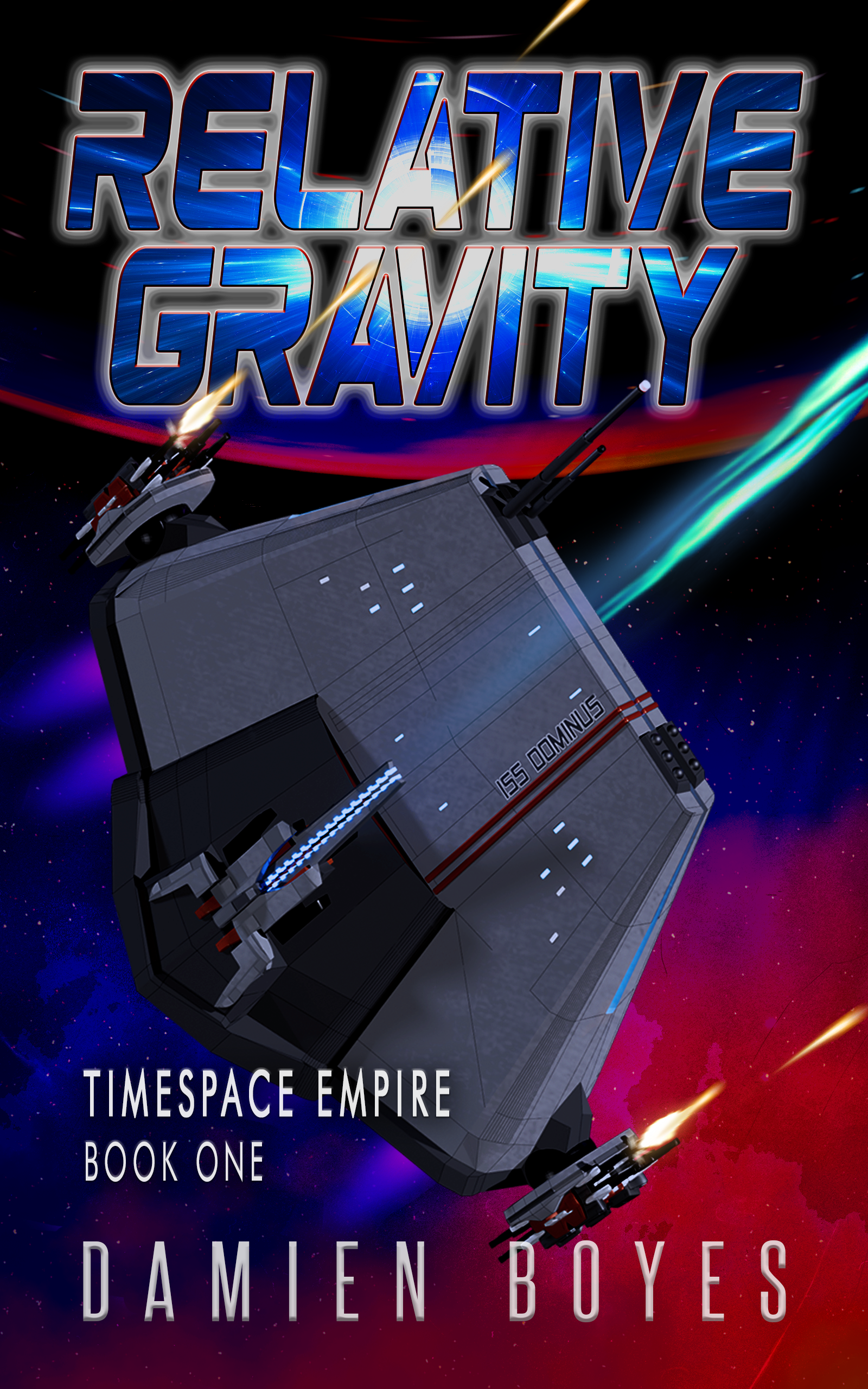
And they were fine. Good enough, but not great.
Eventually I got to one I liked, and I made more covers for the shorts, but they still weren’t what I wanted. They looked homemade.
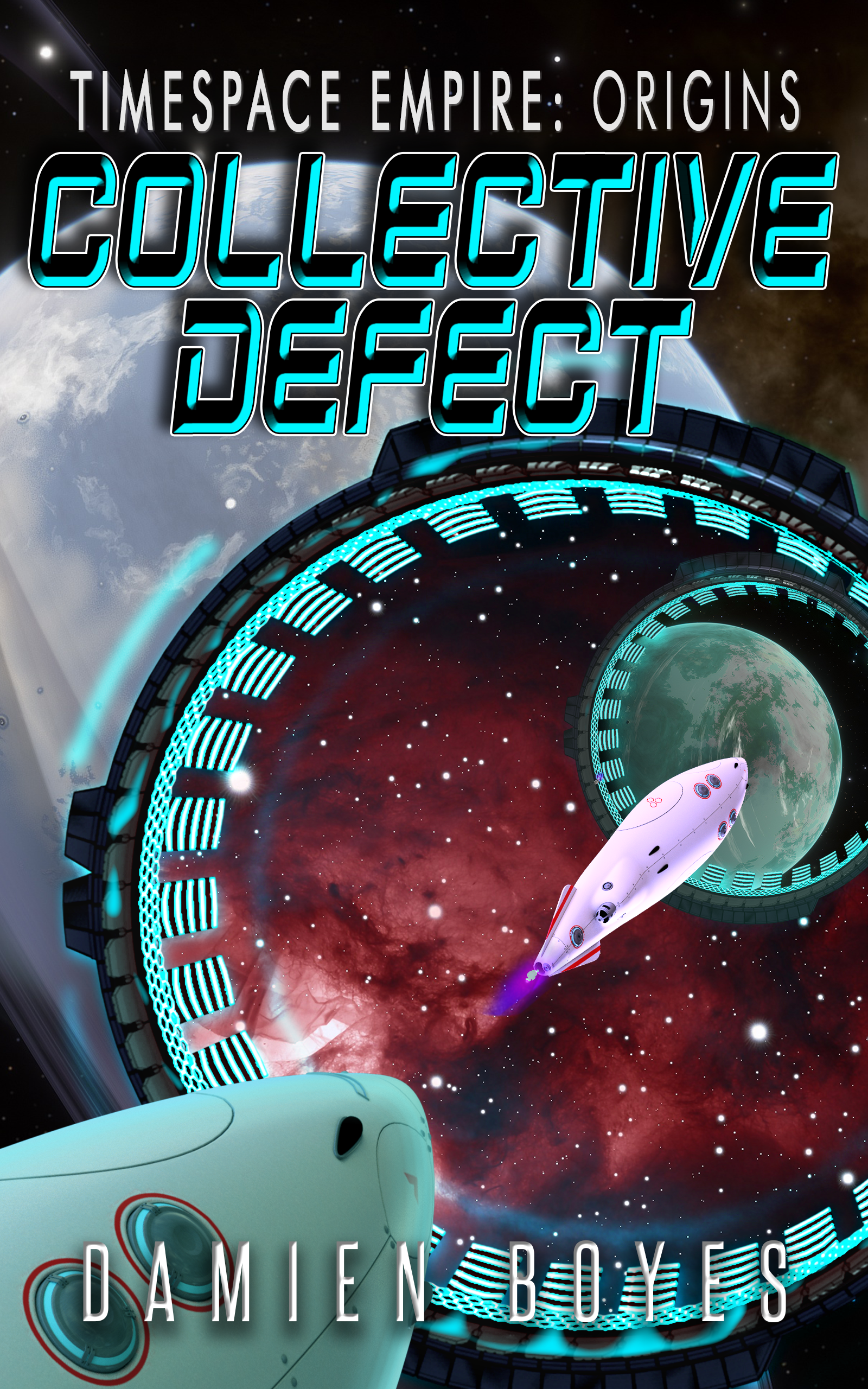

It was at this time that genAI tipped the from a fun toy into useful tool, and I found, as long as I kept my mind open about what I wanted, this was a much better option.
I recovered my Lost Time series, and while you can tell they’re AI art, I think they fit the vibe of the story about AI and identity perfectly.
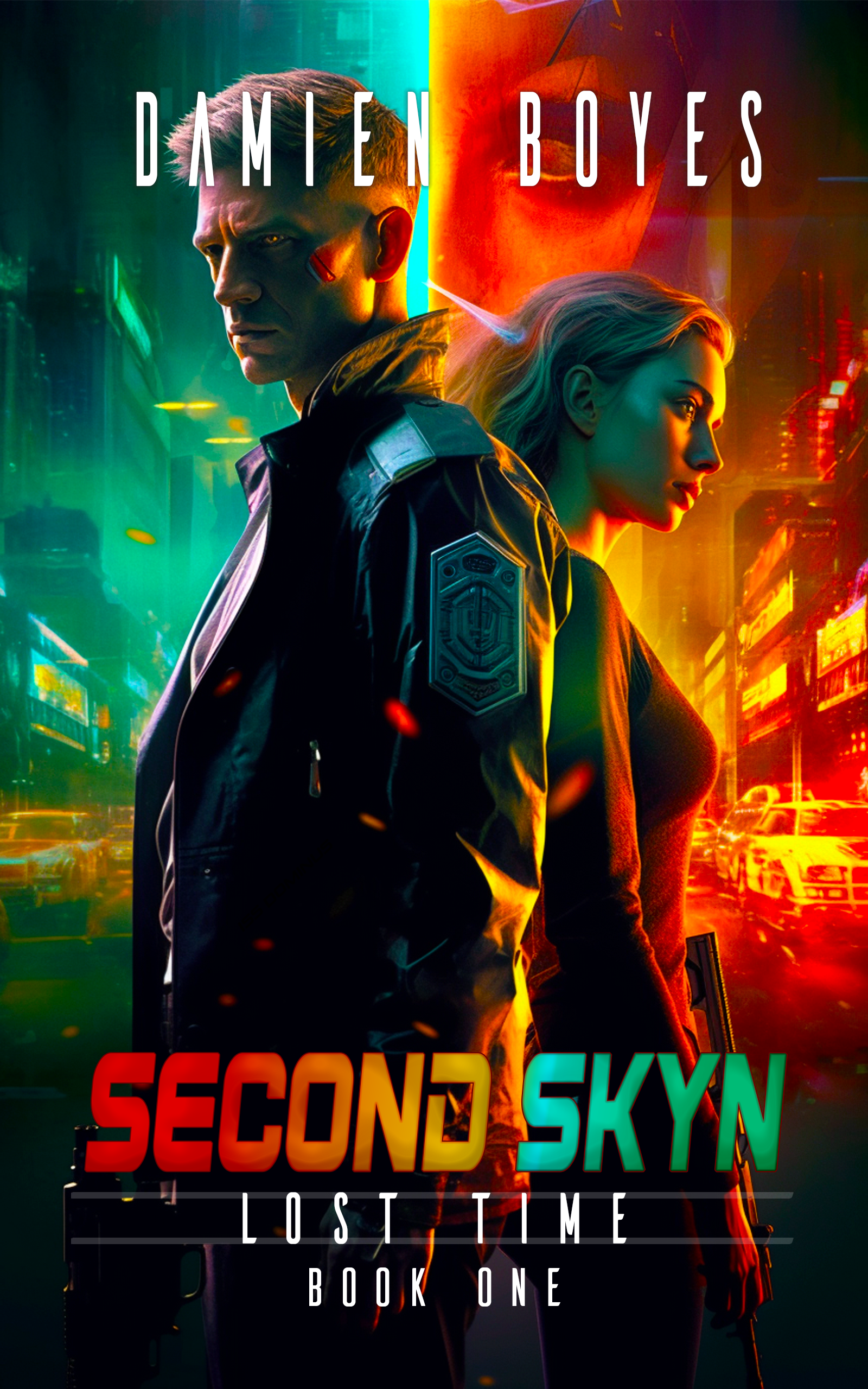


Then I started into Timespace Empire, got more into generating images and manipulating them to use as covers and inspiration and concepts, and haven’t looked back since.

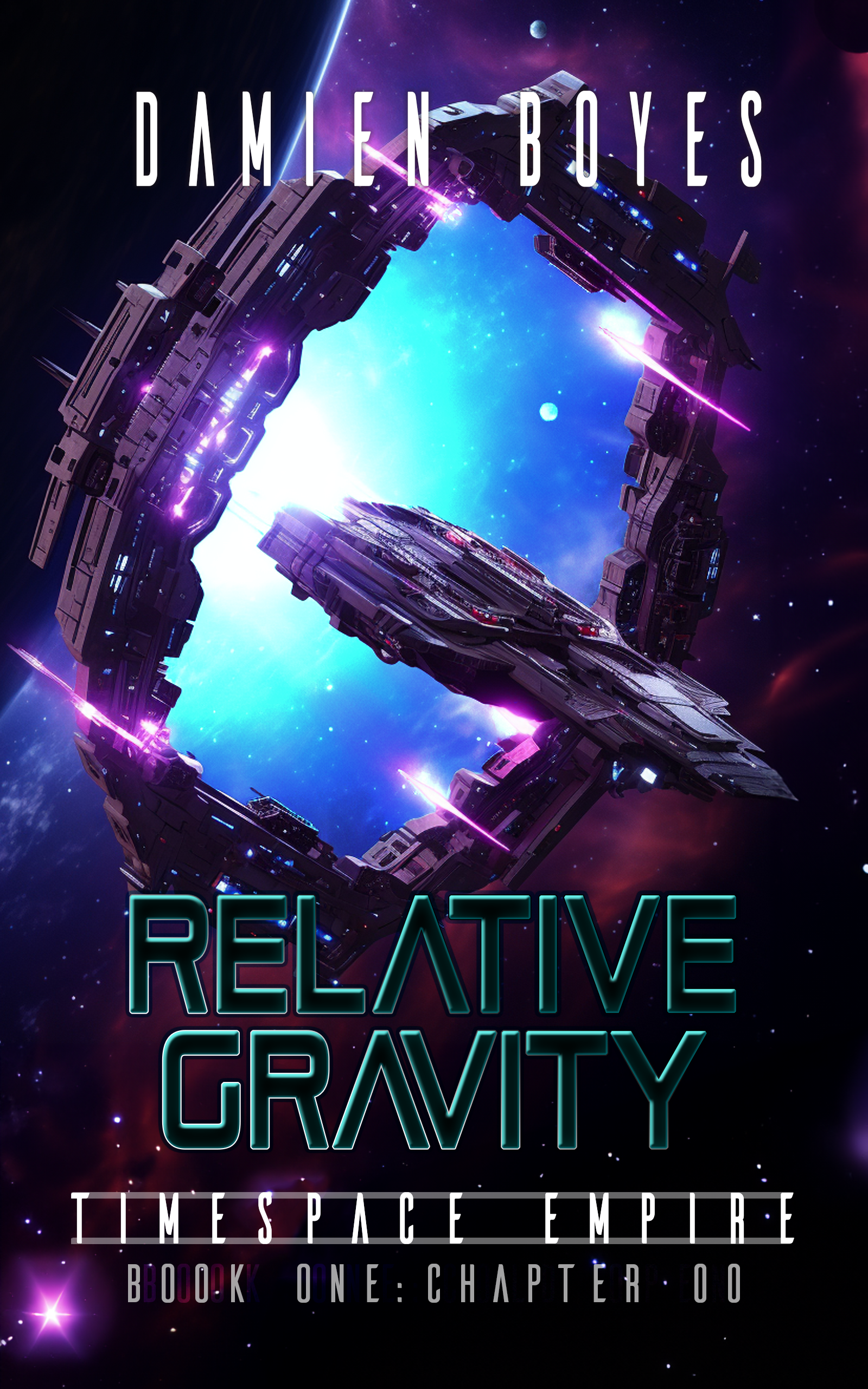
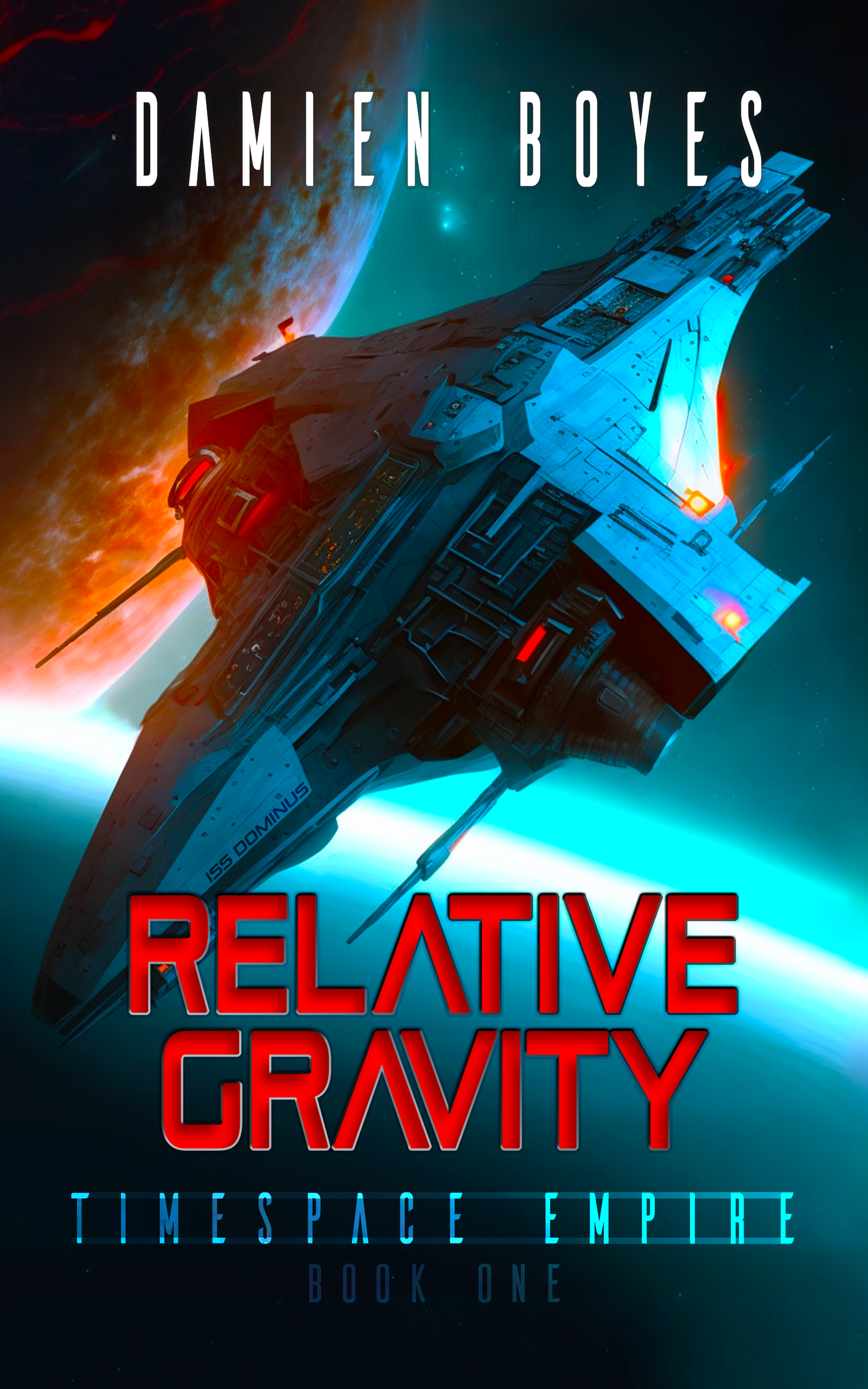
If I’m ever fortunate enough to have a budget where I can hire an artist and collaborate on design, I’d much rather do that, but until then, I’m digging the vibes and the process I’ve figured out, and I plan on keeping at it.
